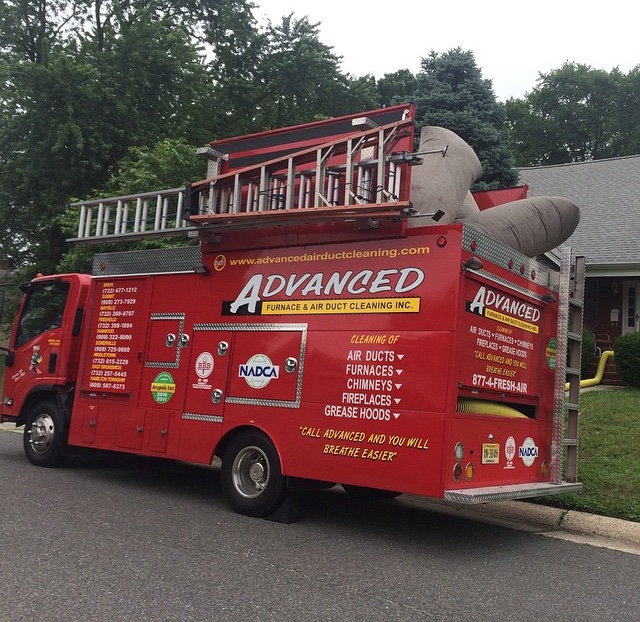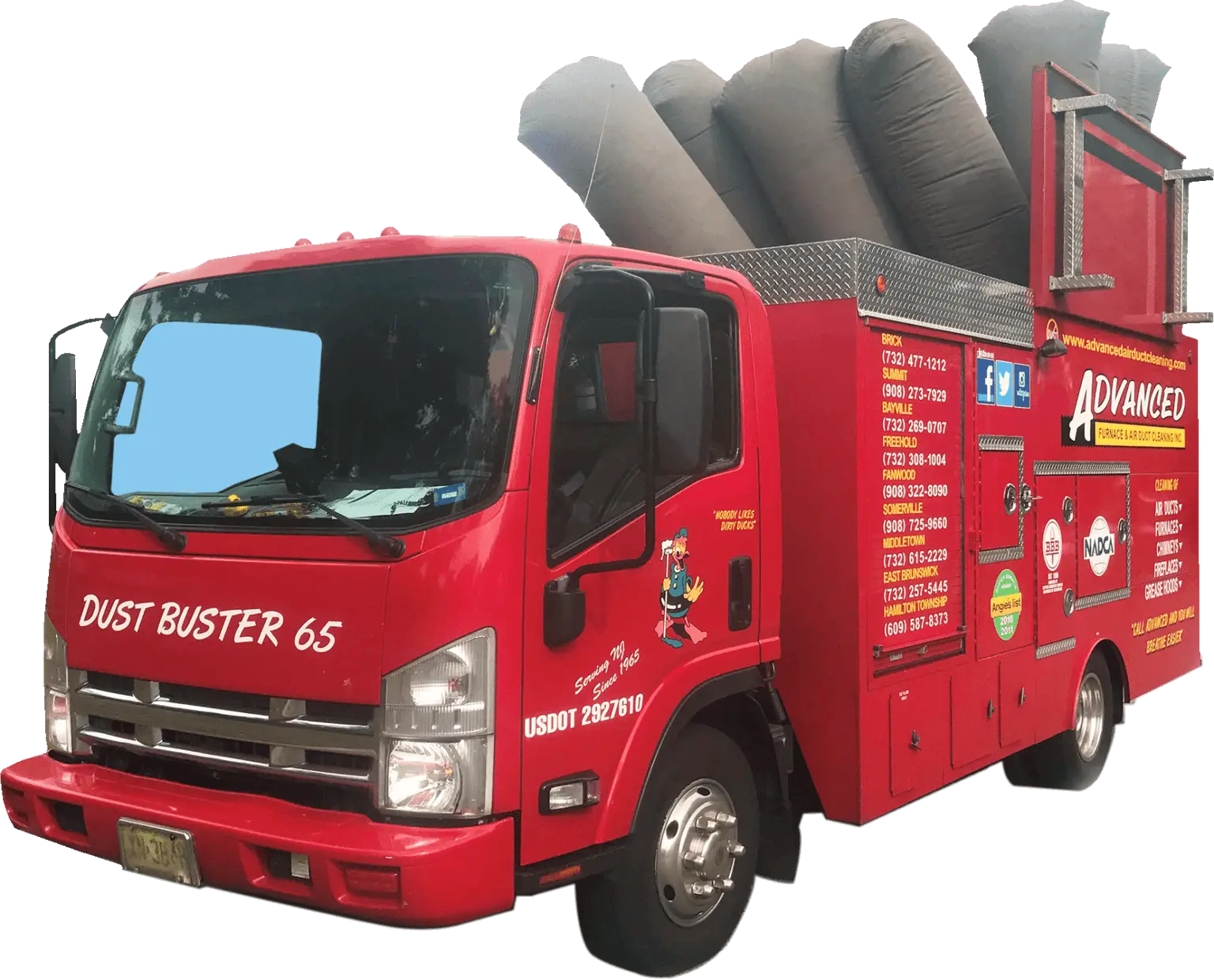ASK ABOUT OUR HOMETOWN HERO DISCOUNT
10% OFF
A RESIDENTIAL AIR DUCT CLEANING & FREE ANTIMICROBIAL TREATMENT
free
CHIMNEY CLEANING WITH THE PURCHASE OF A RESIDENTIAL AIR DUCT CLEANING
free
DRYER VENT CLEANING WITH THE PURCHASE OF A RESIDENTIAL AIR DUCT CLEANING

we have answers to your questions
we have answers
to your questions
let the experts do the work for you.
Most people are now aware that indoor air pollution is an issue of growing concern and increased visibility. Many companies are marketing products and services intended to improve the quality of your indoor air. You have probably seen an advertisement, received a coupon in the mail, or been approached directly by a company offering to clean your air ducts as a means of improving your home’s indoor air quality. These services typically—but not always—range in cost from $450 to $1,000 per heating and cooling system, depending on the services offered, the size of the system to be cleaned, system accessibility, climatic region, and level of contamination.
If not properly installed, maintained, and operated these components may become contaminated with particles of dust, pollen or other debris. If moisture is present, the potential for microbiological growth (e.g., mold) is increased and spores from such growth may be released into the home’s living space. Some of these contaminants may cause allergic reactions or other symptoms in people If they are exposed to them. If you decide to have your heating and cooling system cleaned, it is important to make sure the service provider agrees to clean all components of the system and is qualified to do so. Failure to clean a component of a contaminated system can result in re-contamination of the entire system, thus negating any potential benefits. Methods of duct cleaning vary, although standards have been established by industry associations concerned with air duct cleaning. Typically, a service provider will use specialized tools to dislodge dirt and other debris in ducts then vacuum them out with a high powered vacuum cleaner.
In addition, the service provider may propose applying chemical biocides, designed to kill microbiological contaminants, to the inside of the duct work and to other system components. Some other service providers may also suggest applying chemical treatments (sealants or other encapsulants) to encapsulate or cover the inside surfaces of the air ducts and equipment housings because they believe it will control mold growth or prevent the release of dirt particles or fibers from ducts. These practices have yet to be fully researched and you should be fully informed before deciding to permit the use of biocides or chemical treatments in your air ducts. They should only be applied, if at all, after the system has been properly cleaned of all visible dust and debris.
Note: Use of sealants to encapsulate the inside surfaces of ducts is a different practice than sealing duct air leaks. Sealing duct air leaks can help save energy on heating an cooling bills.
To find companies that provide duct cleaning services, check your Yellow Pages under “duct cleaning” or contact the National Air Duct Cleaners Association (NADCA) at the address and phone number in the information section located at the end of this guidance. Do not assume that all duct cleaning service providers are equally knowledgeable and responsible. Talk to at least three different service providers and get written estimates before deciding whether to have your ducts cleaned.
Contact your county or city office of consumer affairs or local Better Business Bureau to determine if complaints have been lodged against any of the companies you are considering.
Interview potential service providers to ensure:
- They are experienced in duct cleaning and have worked on systems like yours;
- They will use procedures to protect you, your pets, and your home from contamination; and
- They comply with NADCA’s air duct cleaning standards and, if your ducts are constructed of fiber glass duct board or insulated internally with fiberglass, they use equipment that will not damage any internal duct linings.
If you choose to have your ducts cleaned, the service provider should:
- Open access ports or doors to allow the entire system to be cleaned and inspected.
- Inspect the system before cleaning to be sure that there are no asbestos-containing materials (e.g., insulation, register boots, etc.) in the heating and cooling system. Asbestos-containing materials require specialized procedures and should not be disturbed or removed expect by specially trained and equipped contractors.
- Use vacuum equipment that exhausts particles outside of the home or use only high efficiency particle air (HEPA) vacuuming equipment if the vacuum exhausts inside the home.
- Protect carpet during cleaning in inclement weather.
- Take care to protect the duct work, including sealing and re-insulating any access holes the service provider may have made or used so they are airtight.
- Follow NADCA’s standards for air duct cleaning and NADCA’s recommended practice for ducts containing fiber glass lining or constructed of fiber glass duct board.
A thorough visual inspection is the best way to verify the cleanliness of your heating and cooling system. All portions of the system should be visibly clean; you should not be able to detect any debris with the naked eye.

